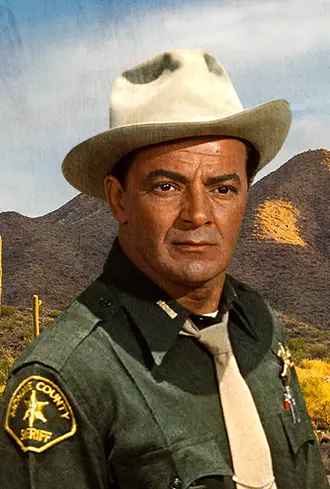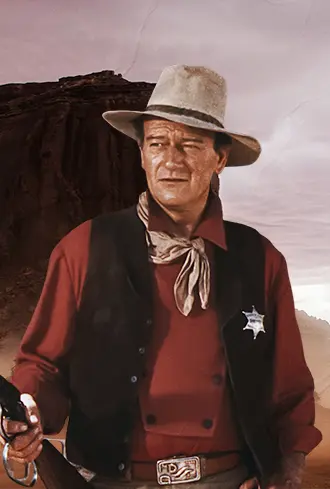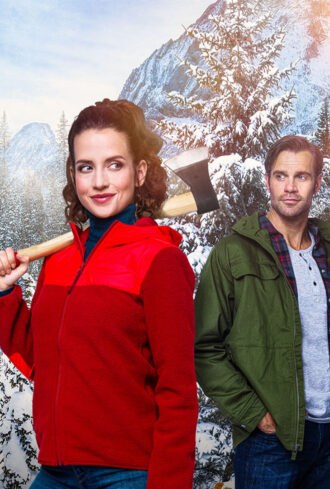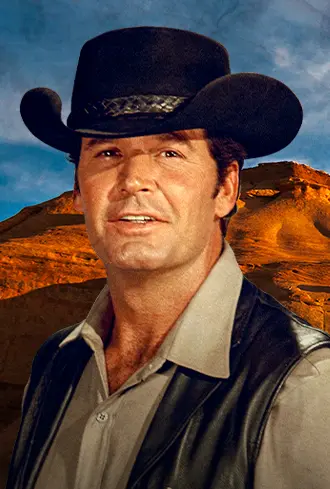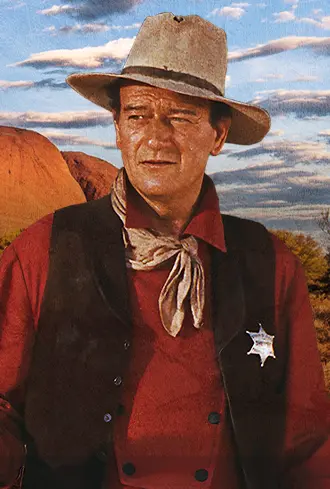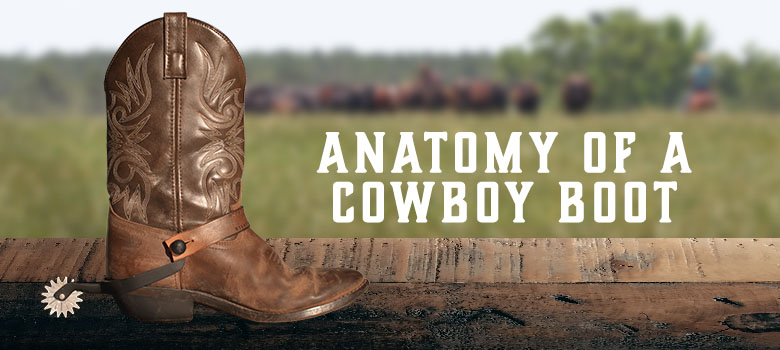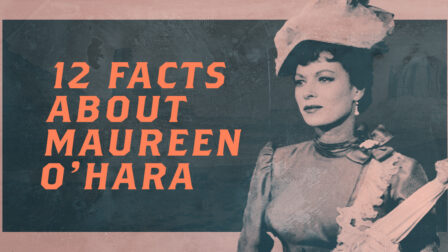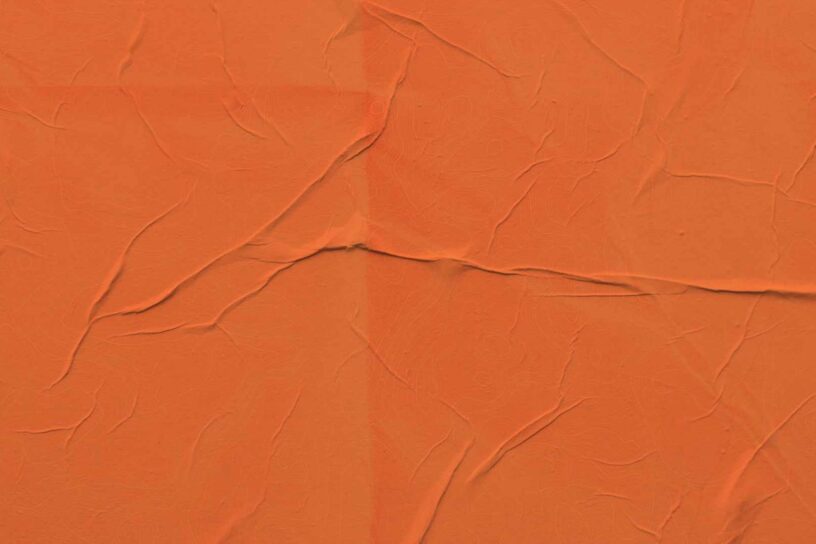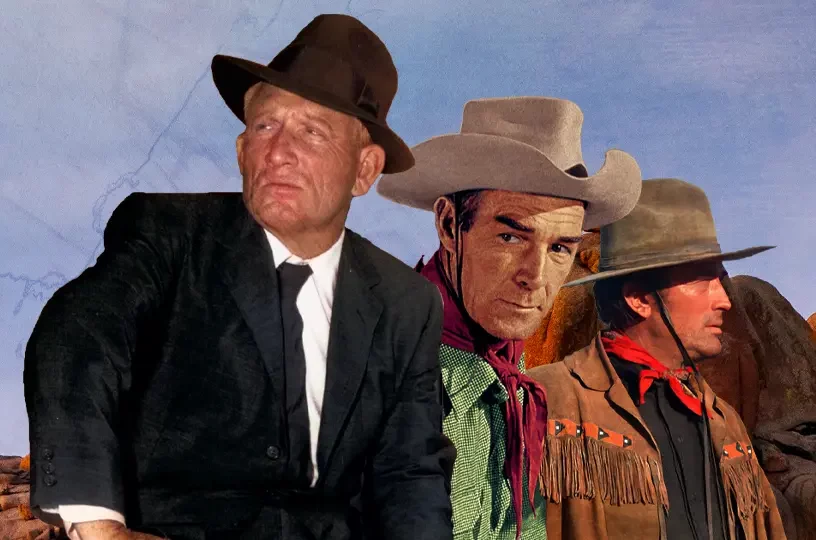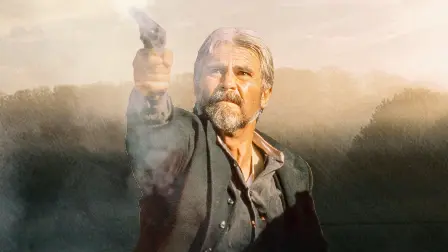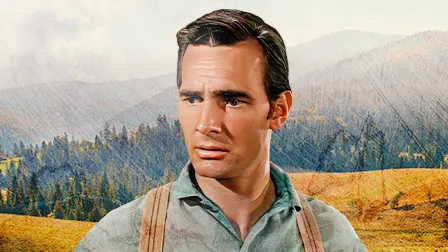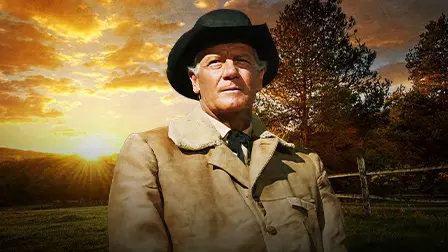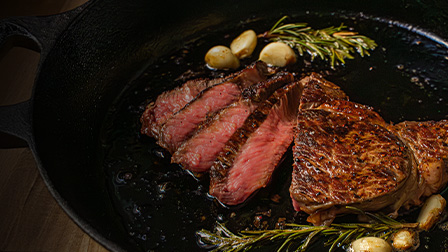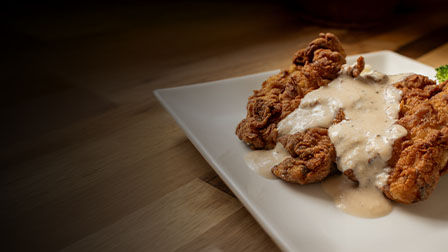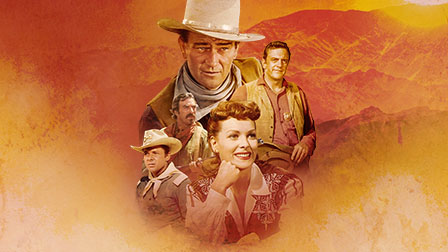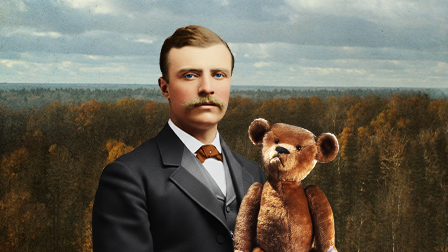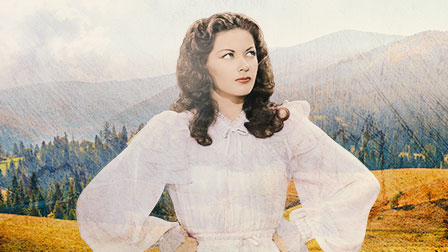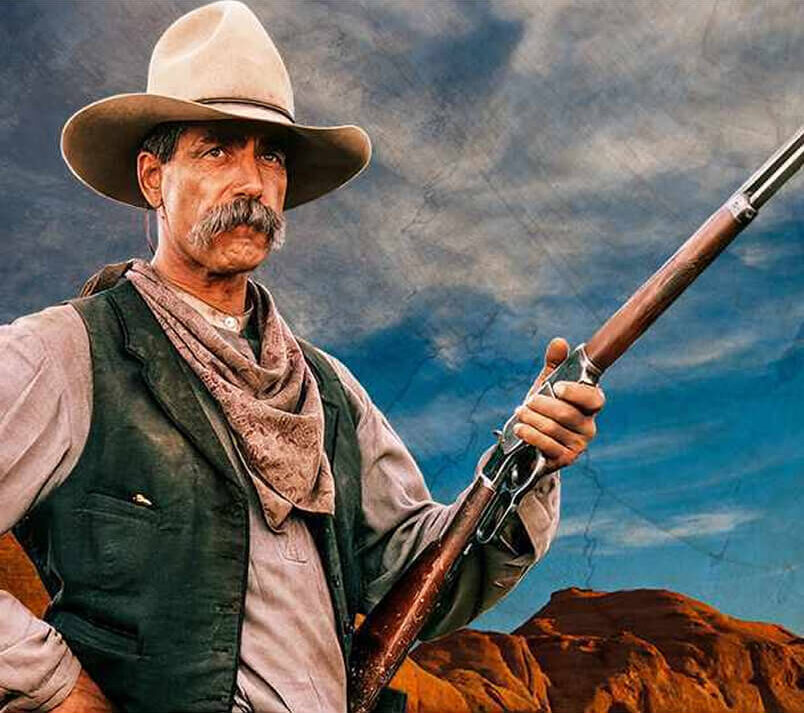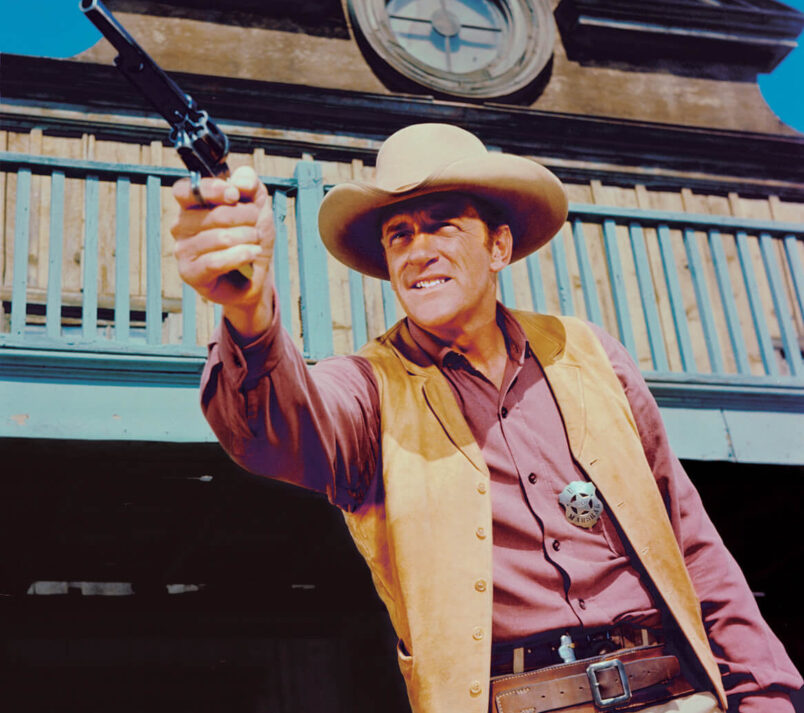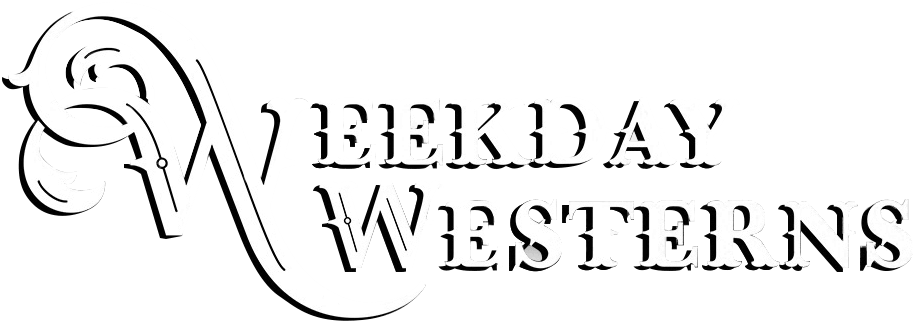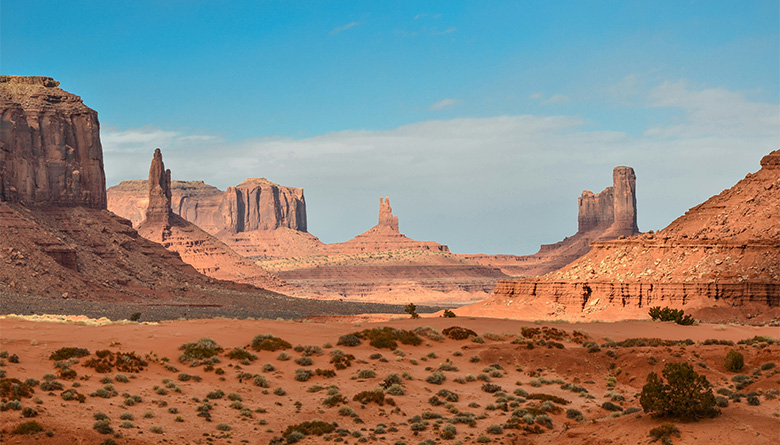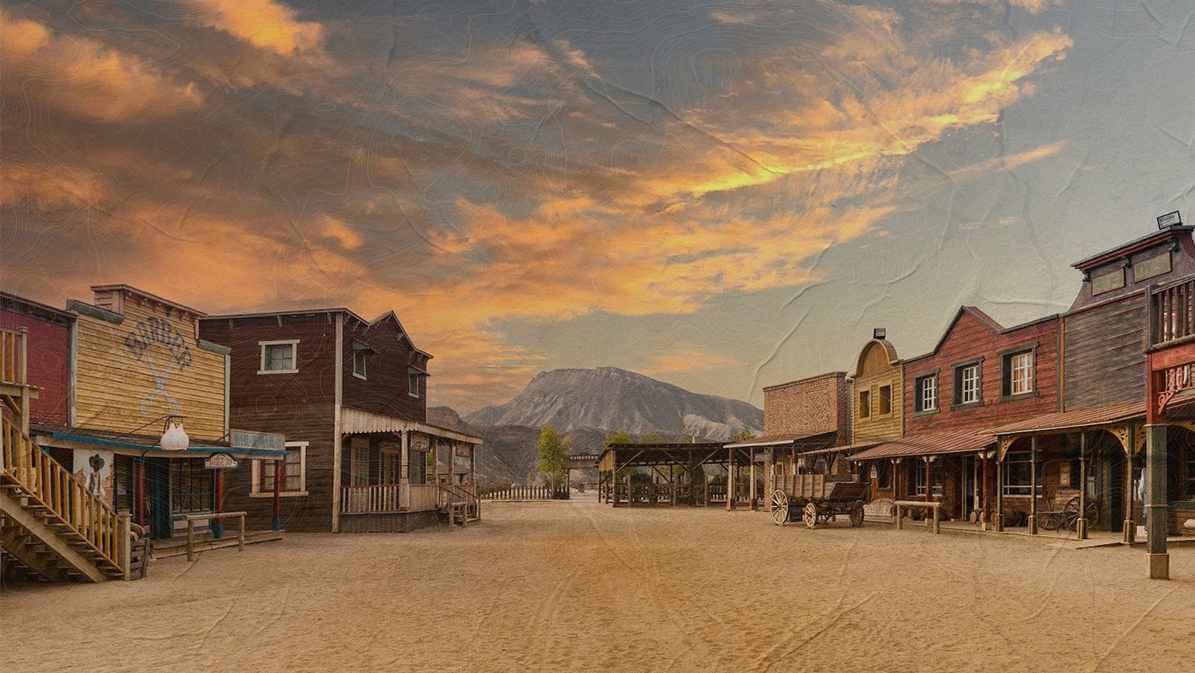IF THE SHOE FITS (YOUR LIFESTYLE), WEAR IT!
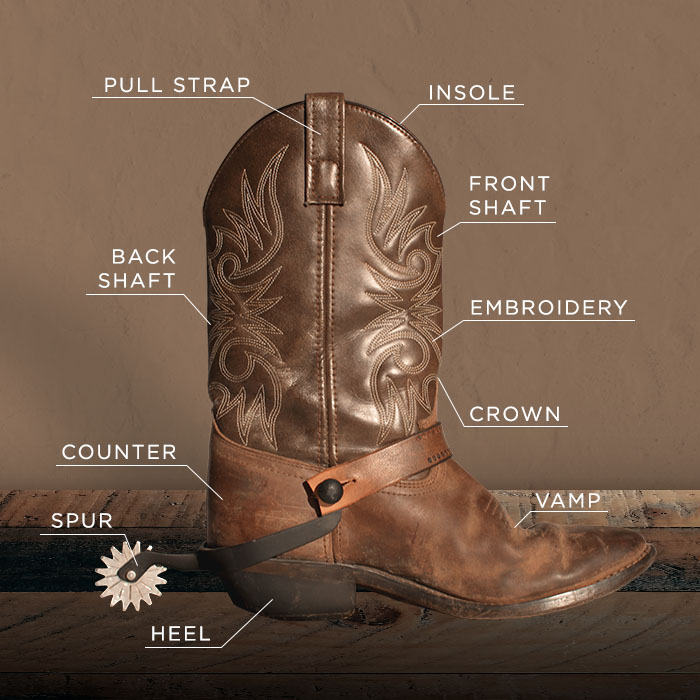
When it comes to classic cowboy boots, there’s a reason behind every element of its design. Whether for function or fashion, each boot created serves the cowboy way of life and is unique to the individual cowboy who puts them on.
COMPONENTS OF A COWBOY BOOT:
PULL STRAP:
Located on each side of the very top of each cowboy boot. These handy straps help cowboys get their boots over their wranglers.
FRONT & BACK SHAFT:
The front and back shafts cover the legs. They vary in length, but always make up the majority of the boot. The shafts act as the canvas for the design and are where most of the decorative detail is.
EMBROIDERY:
The embroidery is the ornamental stitching that also serves a function – it prevents the front and back shafts from falling down. With a variety of designs available, this is where a cowboy can have a bit of fun and let their personality shine.
VAMP:
The vamp is the part of the boot that covers the foot and often features decorative stitching. Since it is susceptible to bending, it is created to be the most durable element of the boot.
TOE BOX:
The toe box is an extra piece of material between the outer layer of the boot and the lining that reinforces the shape of the toe. The added stiffness to the construction adds durability to the boot. Toe shapes come in an assortment of styles including pointed, rounded, snip and squared.
OUTSOLE:
The outsole (commonly known as the sole) is the part of the boot that is prone to the most wear. If the sole gets too worn, it is an easy part of the boot to replace, allowing a cowboy to continue wearing his favorite boots for a long time.
COUNTER:
The counter is the part of the boot in between the back shaft and heel. The counter acts as a foundation for the back of the foot and provides added support to the heel.
INSOLE:
The insole is the inside layer of the boot. The material chosen for the insole dramatically affects the comfort and wearability of the boot. Breathable materials are best suited for the insole.
HEEL:
Often 1 to 2 inches in height, the heel helps keep a cowboy’s foot in place and from sliding through a saddle’s stirrups. Traditionally heels are angled, but squared off heels are growing in popularity.
SPUR:
Spurs come in a variety of designs that serve many purposes for cowboys and Western riders—from cow sorting, to bronc riding, to barrel racing, to Western pleasure competition, among others.
Cowboys (and Western and English competitive and pleasure riders) use spurs to augment their natural aids (commands), in particular, the leg. Natural aids are the rider’s hands, voice, seat and legs.
Spurs help the rider to move the horse forward, backwards or laterally, in addition to increasing speed and impulsion, many times to achieve advanced movements in various equestrian disciplines, for example, reining or dressage, or to school a green horse in the basics. However, the rider must have a solid horsemanship foundation: a balanced seat and quiet leg, the judgement for timing, and the feel to apply the spur appropriately, in order to use them safely and effectively. A cowboy’s horse is worth its weight in gold (or turquoise!), and the horse’s care, health and contentment should take top priority.
Suggest a Correction
We strive for accuracy and fairness. But if you see something that doesn’t look right, click here to contact us!

